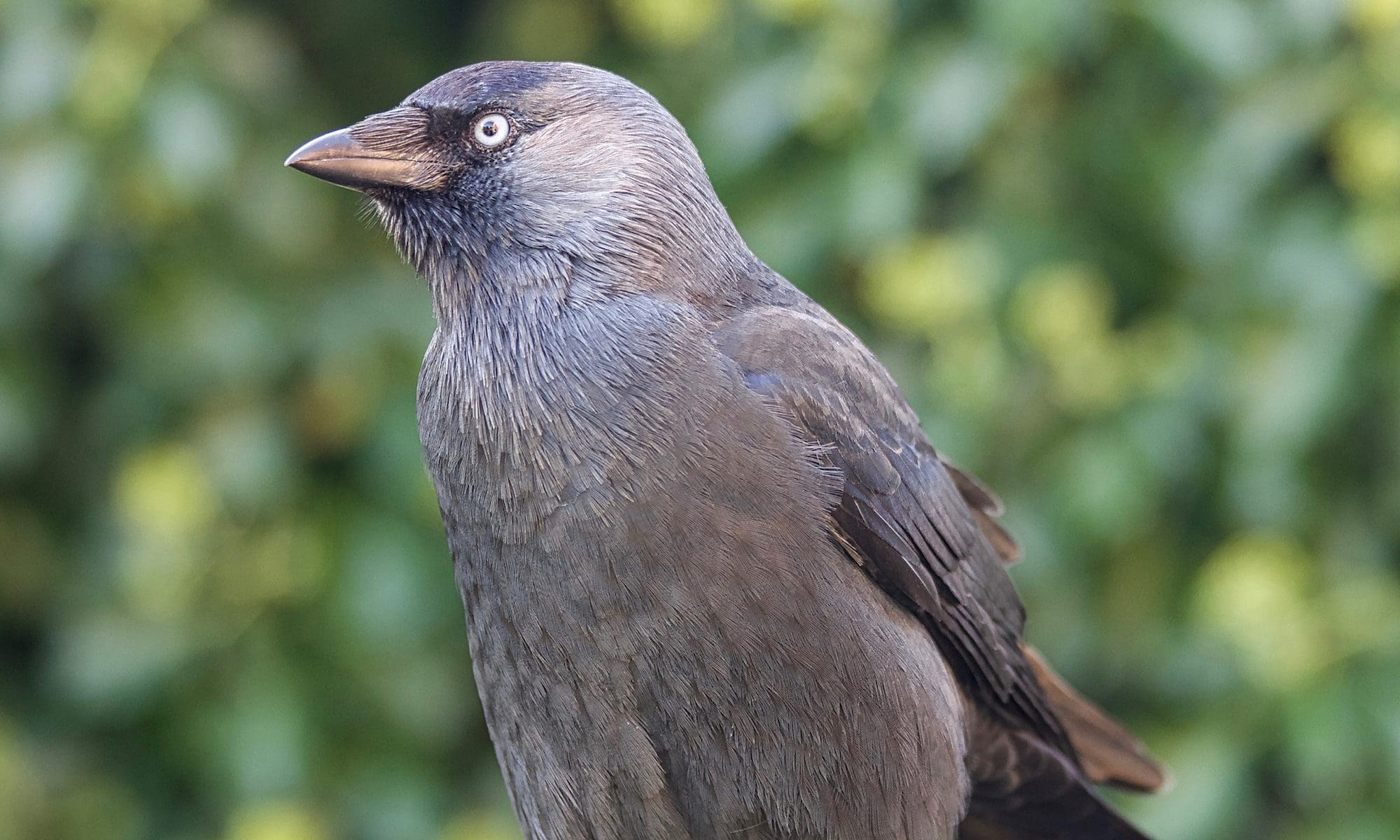A grounded premature rook or crow with white, brittle or partly broken wing and tail feathers needs expert and longterm care to allow the damaged feathers to be replaced during their annual moult. Birds affected should not be released before their complete annual moult, which happens for fledglings born this year in the summer of the following year. Otherwise it will be unlikely that these birds are going to survive their first winter, as the deficient plumage will quickly deteriorate further. This usually means that these birds will eventually become grounded. They will get easily wet and hypothermic, are prone to predation and will soon be unable to sustain themselves.
Continue reading “Plumage Problems In Wild And Captive Corvids”





